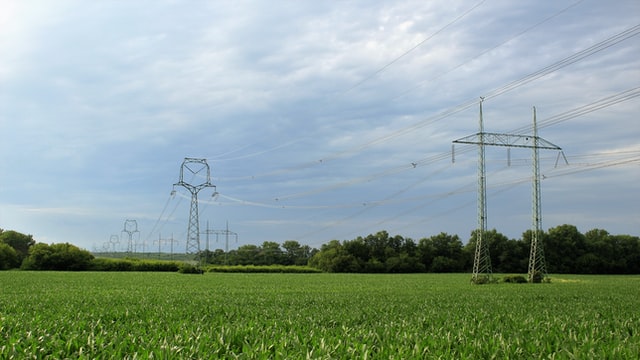
The newly developed sensing system is said to be highly accurate in determining the precise location of those thin suspended power lines.
Nowadays many drones have already been utilizing ultrasonic waves to detect obstacles that lie straight in their path, as well as locate all the walls within a room. Drones with collision avoidance and obstacle detection sensors are becoming more vital in both professional and consumer sectors. The sensors used for traditional obstacle detection mainly include laser ultrasonic sensors, radar sensors, visual equipment, and infrared sensors. This technique can be used to guide drones in dark, snowy, muddy, or rainy conditions, where systems based on infrared or laser light, and computer vision may be ineffective.
While autonomous drones are good at avoiding major obstacles, thin power lines can still pose a challenge. A new onboard sensing system, however, may change that. Drones currently use optical sensors or/and radar to detect thin suspended power lines. However, the sensors themselves are large, energy-hungry, and expensive. Looking for an alternative, the research team from the United States Research Laboratory has developed a new package that helps detect the magnetic and electric fields released by power lines. The newly developed sensing system is said to be highly accurate in determining the precise location of those thin suspended power lines.
Moreover, it needs to be cheaper, lighter, and smaller than traditionally used sensors, as well as it consumes significantly less power. The system also determines the direction in which electricity is flowing through the lines. Thus, the new sensing system can be used for locating faults such as line sagging, tree encroachment, or damaged wires, and for aerial mapping. Power lines are tiny and difficult to detect using optical sensors or radar, however, they produce magnetic and electric fields that can be detected with low cost, low power, passive magnetic- and electric-field sensors, According to David Hull (who developed the new sensing system).






